SCIENTISTS have made a major breakthrough which they hope could lead to a cure to HIV and AIDS.
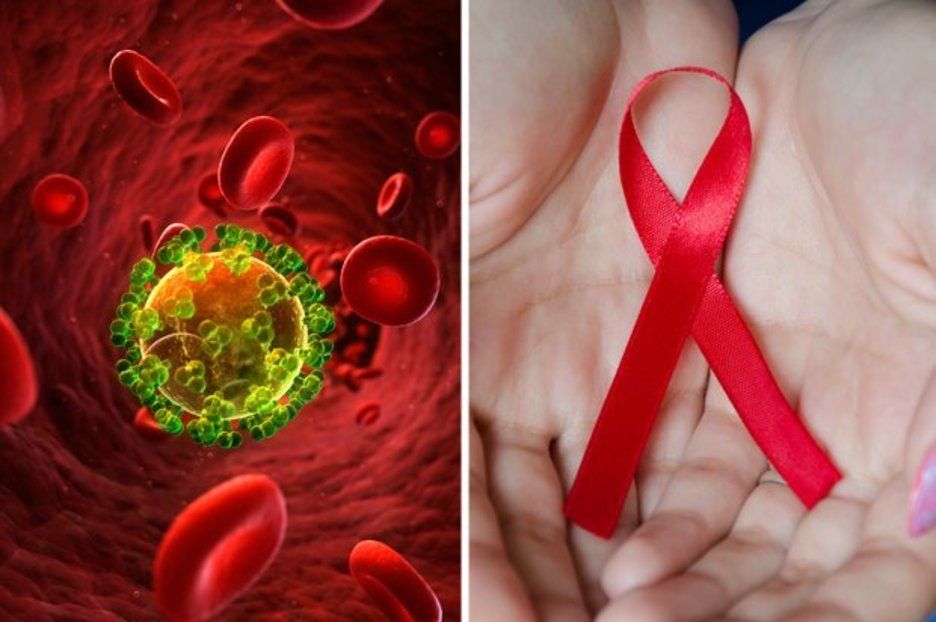

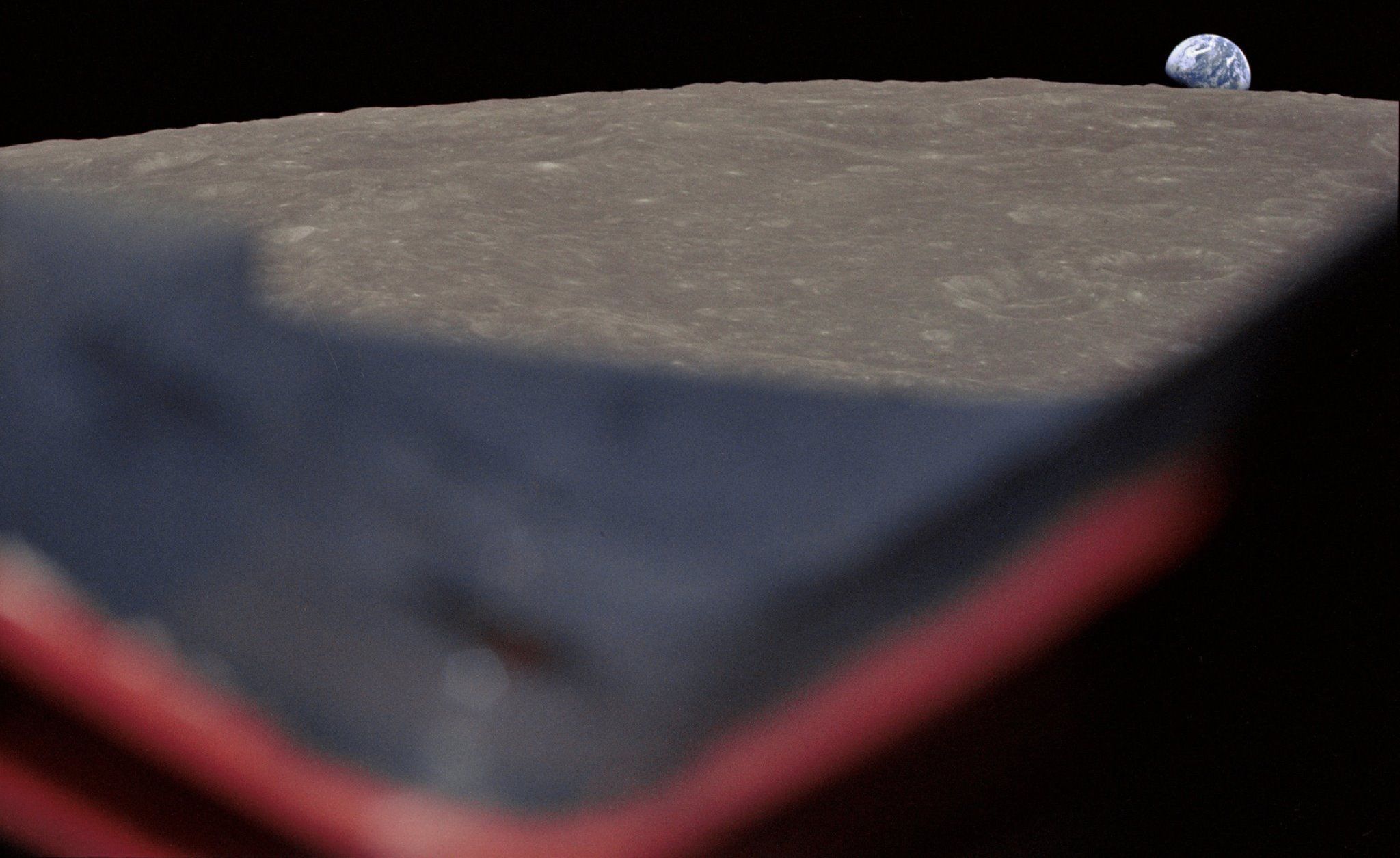
They glimpsed Earth outside their windows. “It’s a beautiful, beautiful view,” Frank Borman said to Mission Control. That Christmas Eve broadcast ended 1968 on a hopeful note, bringing a reminder of the all encompassing curiosity stitched into the fabric of all humans. Sink into the far side by celebrating our #Apollo50 Anniversary here: https://go.nasa.gov/2EGQJJX
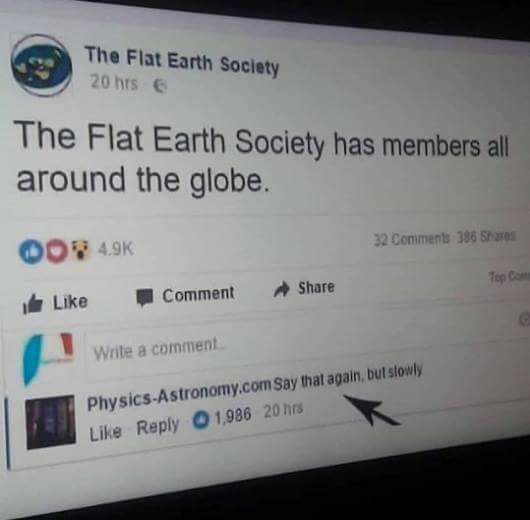
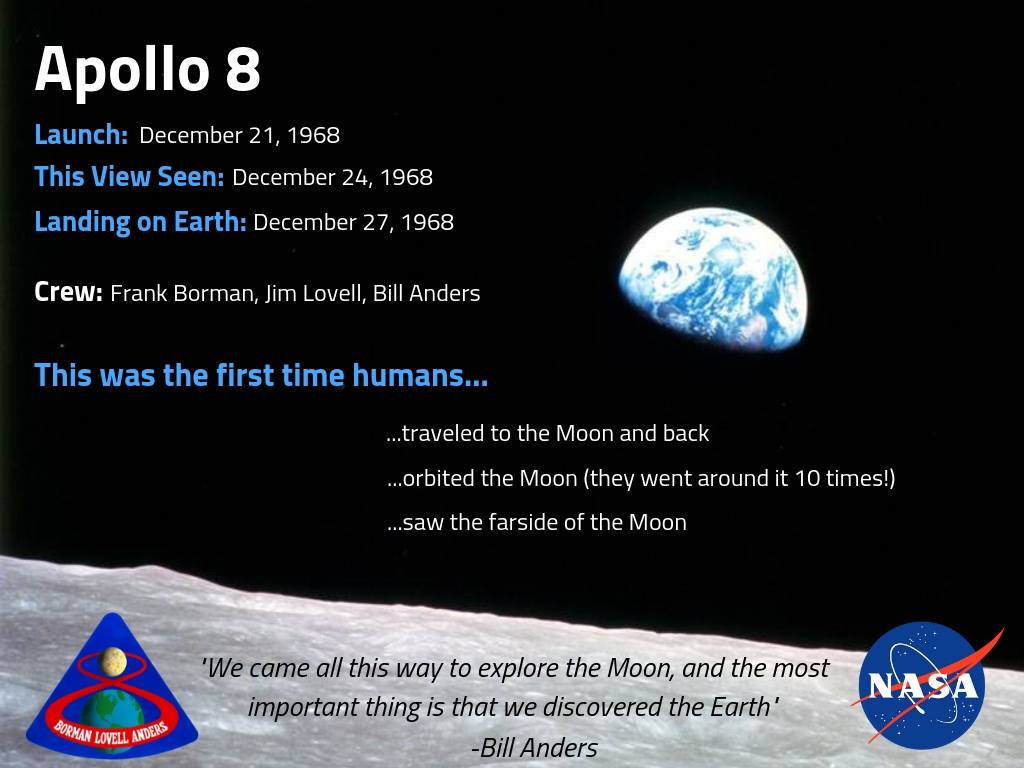
Three days later, on Dec. 24, astronauts Bill Anders, Frank Borman and Jim Lovell became the first people to see the Moon’s far side, did a memorable reading from Genesis and took this famous Earthrise photo. Discover more about our #Apollo50 anniversary: https://go.nasa.gov/2EImzGq

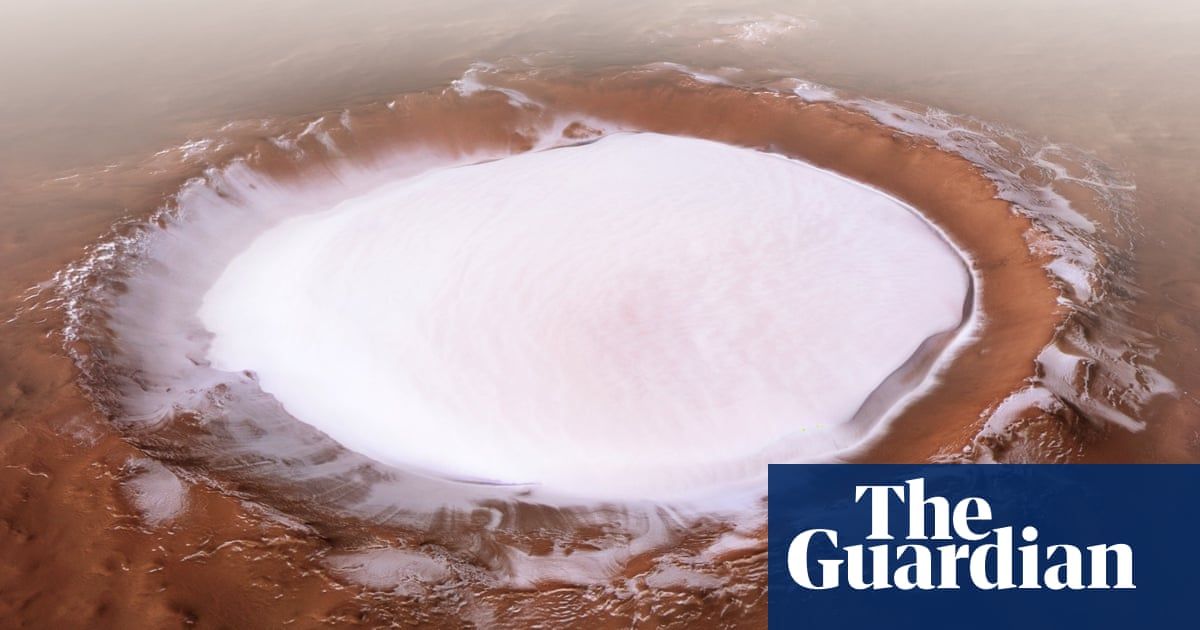
The stunning Korolev crater in the northern lowlands of Mars is filled with ice all year round owing to a trapped layer of cold Martian air that keeps the water frozen.
The 50-mile-wide crater contains 530 cubic miles of water ice, as much as Great Bear Lake in northern Canada, and in the centre of the crater the ice is more than a mile thick.
Images beamed back from the red planet show that the lip around the impact crater rises high above the surrounding plain. When thin Martian air then passes over the crater, it becomes trapped and cools to form an insulating layer that prevents the ice from melting.
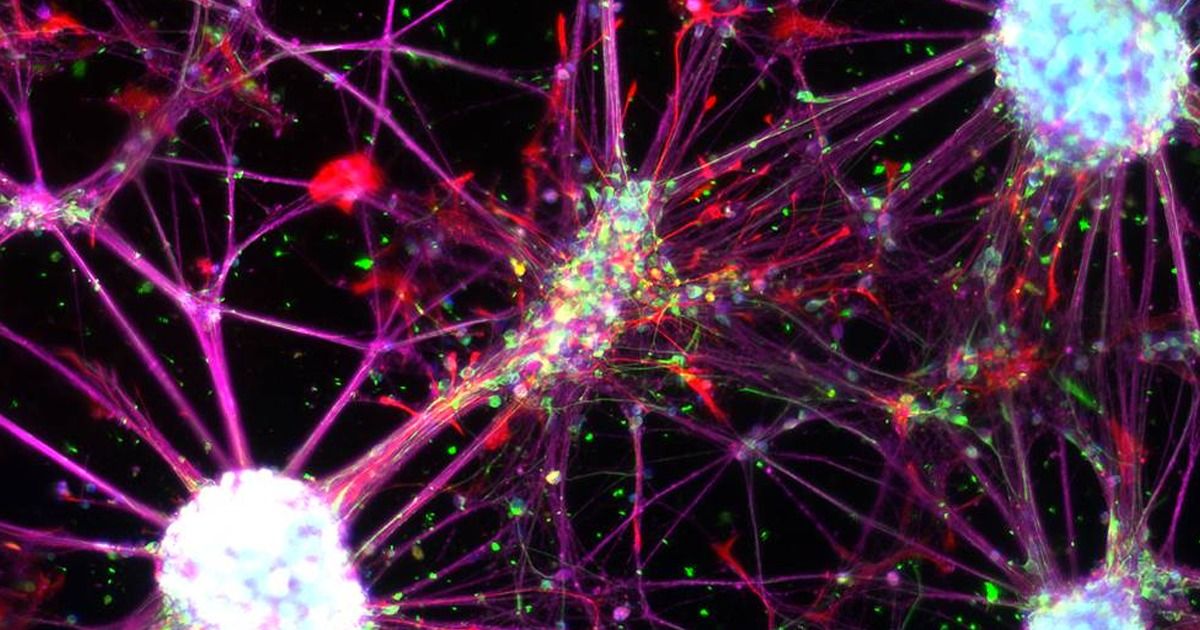
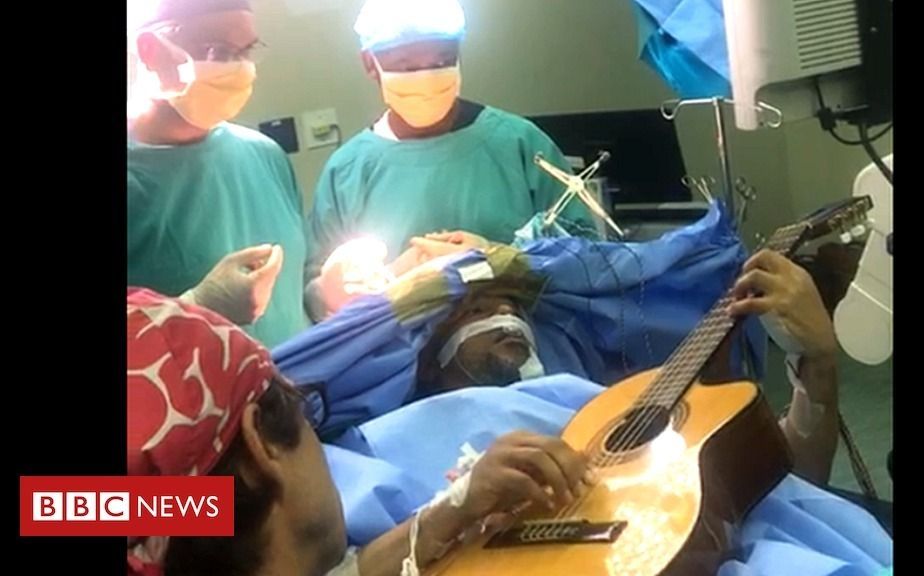
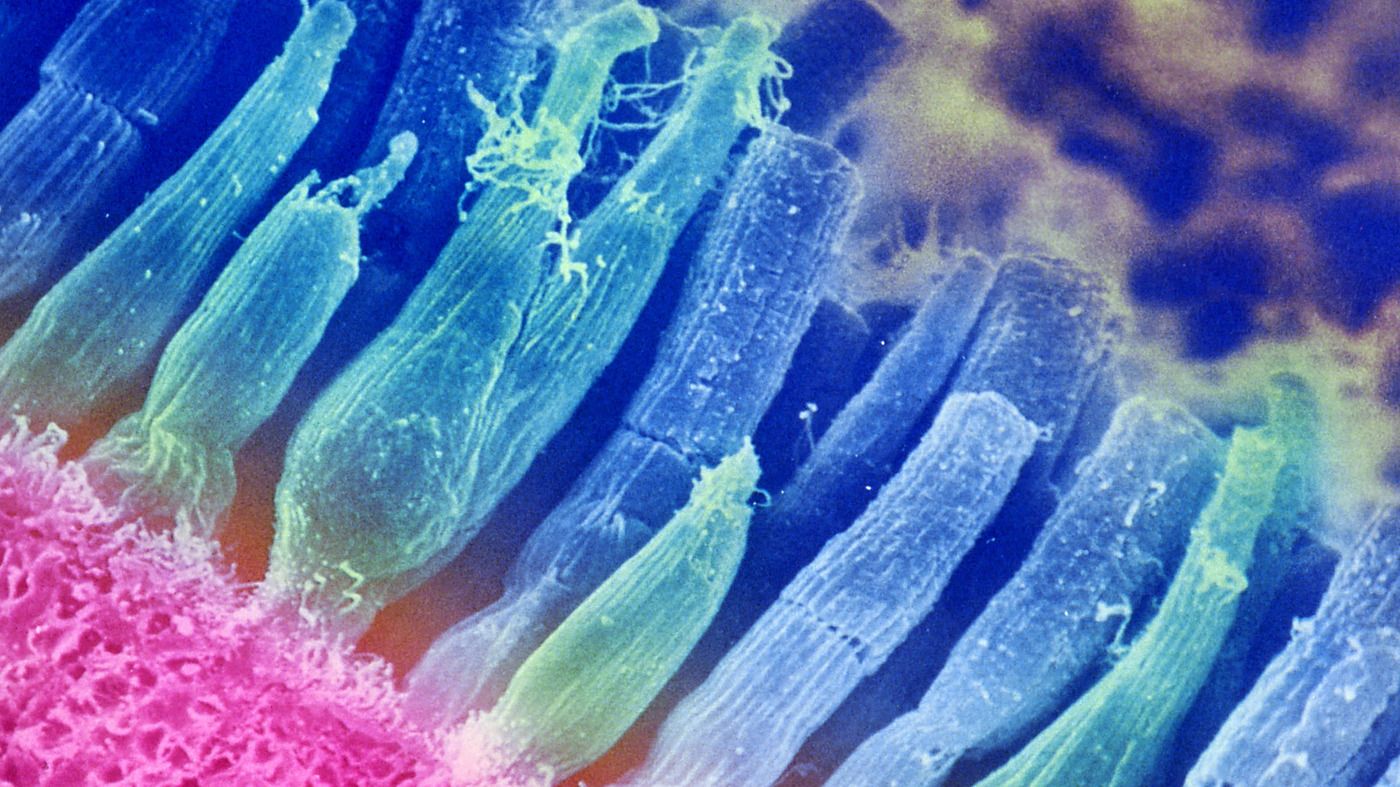
Something ‘bumped’ into Uranus.